POWERED BY DESIGN
An introduction to problem solving with graphic design.
Rene Stevens
WWW.RENEESTEVENS.DESIGN
EDITOR: Ted Waitt
PROJECT MANAGER: Lisa Brazieal
MARKETING COORDINATOR: Mercedes Murray
INTERIOR DESIGN AND LAYOUT: Rene Stevens
COVER DESIGN AND LAYOUT: Rene Stevens
ISBN: 978-1-68198-598-5
1st Edition (1st printing, June 2020)
2020 Rene Stevens
Copyright of images, illustrations, and designs belong to the artist on record (see Designer Index)
Rocky Nook Inc.
1010 B Street, Suite 350
San Rafael, CA 94901
USA
www.rockynook.com
Distributed in the UK and Europe by Publishers Group UK
Distributed in the U.S. and all other territories by Ingram Publisher Services
LIBRARY OF CONGRESS CONTROL NUMBER: 2019950813
All rights reserved. No part of the material protected by this copyright notice may be reproduced or utilized in any form, electronic or mechanical, including photocopying, recording, or by any information storage and retrieval system, without written permission of the publisher.
Many of the designations in this book used by manufacturers and sellers to distinguish their products are claimed as trademarks of their respective companies. Where those designations appear in this book, and Rocky Nook was aware of a trademark claim, the designations have been printed in caps or initial caps. All product names and services identified throughout this book are used in editorial fashion only and for the benefit of such companies with no intention of infringement of the trademark. They are not intended to convey endorsement or other affiliation with this book.
While reasonable care has been exercised in the preparation of this book, the publisher and author assume no responsibility for errors or omissions, or for damages resulting from the use of the information contained herein or from the use of the discs or programs that may accompany it.
This book is printed on acid-free paper.
Printed in Korea
This book is dedicated to emerging graphic designers all over the world. There may be a time when you question your style and voice. It is then to remember, your greatest power in this world are all the things that make you, uniquely you.
This book is for you.
ACKNOWLEDGMENTS
This book would not be possible without the collective vision and voices of the designers featured on the following pages. I am so grateful for every single one of these designers and for their contribution to the design industry and for sharing their work here.
When I was younger, I used to play school in the basement. I would spend more time than I am willing to admit teaching imaginary students about whatever my homework was about that night. There was something about being able to share what I was learning with others that drove me to keep learning more. Years later, I was given the opportunity to teach my first course on typography. I left that classroom knowing I had found the optimal combination of my two biggest passions: teaching and design. This book was written from this space: the fusion of the foundations and theories of design presented in ways inspired by moments inside the classrooms of my past and present.
There are many to whom I am so grateful in this life: To my grandmother, Irene, for suggesting at my young age of 12, that I should be a designer when I grew up and for always being there to cheer me on. To my parents, for helping support my creative vision and my education toward this lifelong path of learning. To my sisters and brother, for raising the bar higher and for the many late night talks full of silent laughter. To my best friend and husband, Brian, for supporting my ideas, pushing me to be my best self, and correctly using the terms typeface and font in context. To my children, Ta and Rio, for teaching me something new every day, for changing the way I see the world, and for inspiring me with your endless curiosity, always asking why. To Mammy and Pappy for always being up for dress-up and block-building with your grandkids to help me meet a deadline.
To the students at the S.I. Newhouse School of Public Communications at Syracuse University, for proving, in your own ways, the power of design. This book was inspired from every day spent in the classroom with you.
To my colleagues at the Newhouse School, who help advance the field of visual communications every day as trailblazers.
To my research assistant, Ghazal Kawar, for your indefatigable help and your constant, pure, honest opinions.
To the teachers and trailblazers I have been influenced by in my career. Your paths helped clear the way for others to walk further.
To anyone who has ever been told they have a learning disability. Dont let the language constrain you; this is actually your superpower. Dyslexia has forced me to slow down my thoughts and reconsider everything I write, but it should never stop you from pursuing your dreams.
Which leads me to thank the wonderful team at Rocky Nook for your guidance, edits, and for bringing this book to life.

PHOTOGRAPHER: RC Concepcion
ABOUT THE AUTHOR
Rene Stevens is an interactive and immersive designer, educator, and speaker. Her creative work focuses on innovative ways design can help overcome learning disabilities and create more accessible and inclusive learning environments. For over a decade, she has run her own interactive design studio. You can find her teaching at the S.I. Newhouse School of Public Communications at Syracuse University, where she is the Associate Chair of the Visual Communications Department, overseeing the undergraduate and graduate design programs. In 2017, she was named an Educator to Watch by GDUSA. As a speaker, she has been invited to give talks around the world. She lives in New York with her husband and two children, who keep her creating every day.
Connect at www.reneestevens.design and @renee_stevens
CONTENTS
IDENTIFYING THE PROBLEM WITH PARKING SIGNS. DESIGNER: Nikki Sylianteng
 50 min.
50 min.
01
Design Thinking.
What is graphic design, really?
Have you ever stopped in front of a parking sign on a city block, perplexed and confused, trying to figure out if you could park there at that time and for the length of time you need? When you are looking for street parking, you pull up to a curb and by the time you have read through all the confusing signs, you have a line of cars behind you, with their drivers impatiently honking their horns. Enter the power of design. Within problems or frustrations of everyday tasks, there is a potential for a design solution that can make the experience easier on the end user. Creating a parking system that is used throughout the city, or even across cities, would make the parking signs more familiar when you travel. Relating parking information to a calendar or something we see and use every day could also make the task less daunting. Being thoughtful of the needs of all humansthose who may not be able to read, those who speak a different native language, those who are color-blind, those who are dyslexicwould ensure that your work is accessible to all who need the information. Oftentimes it only takes a few small adjustments to a design to make a big difference to those who will be interacting with it.



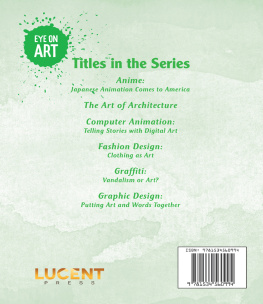

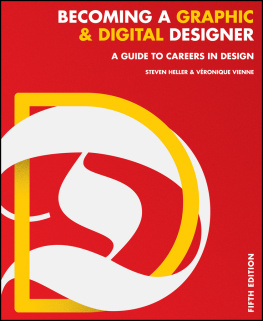

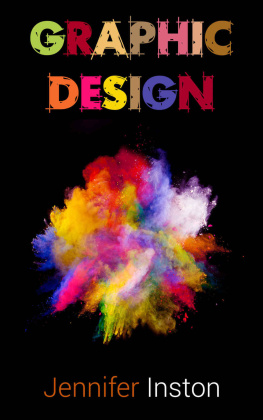
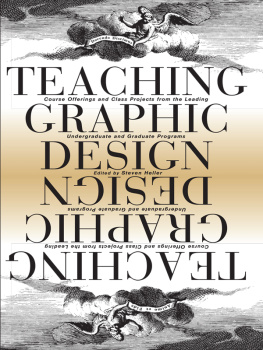
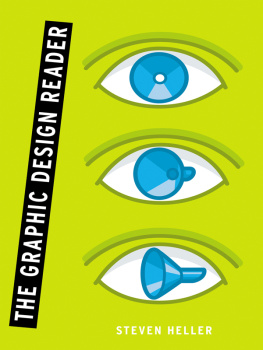
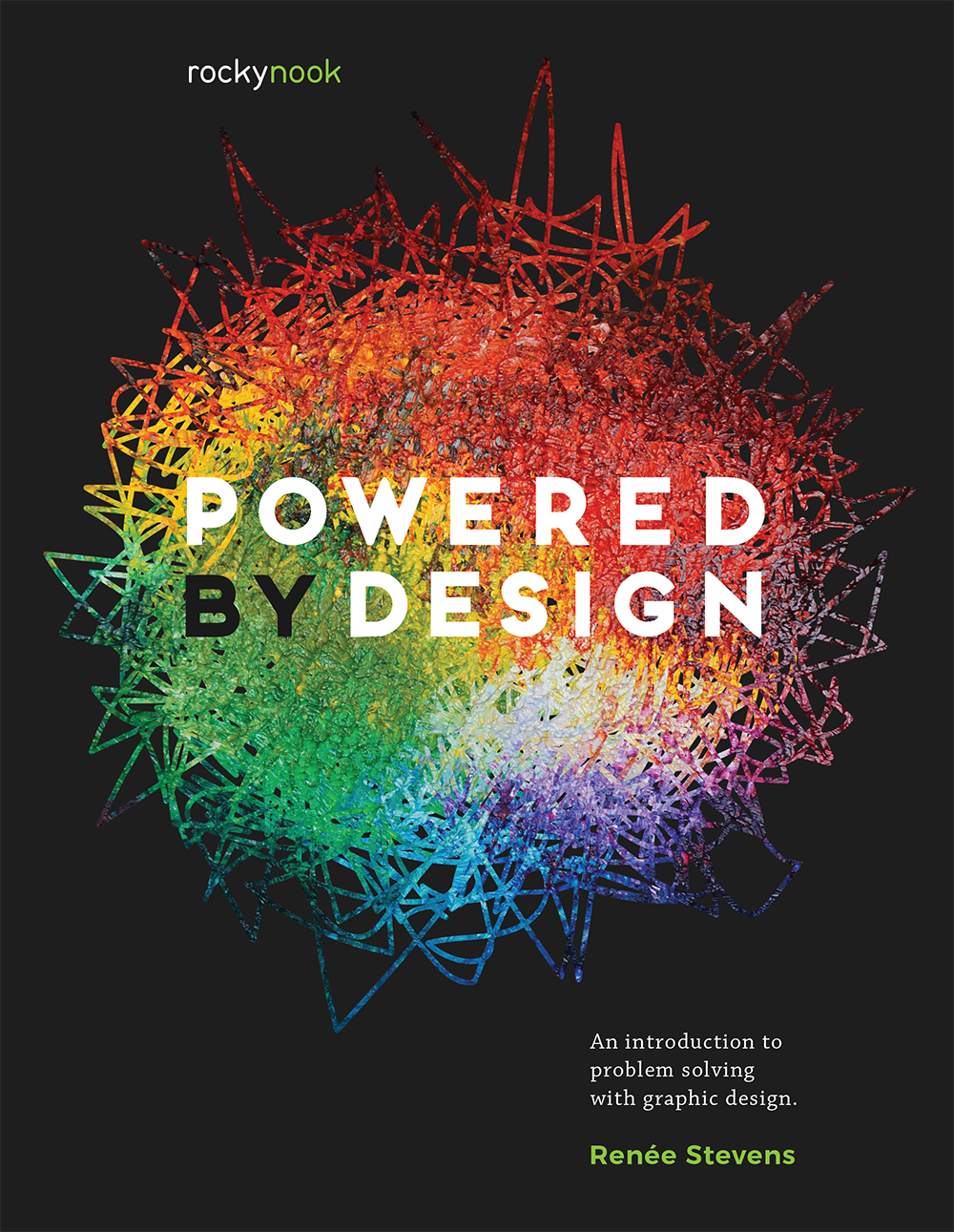



 50 min.
50 min.